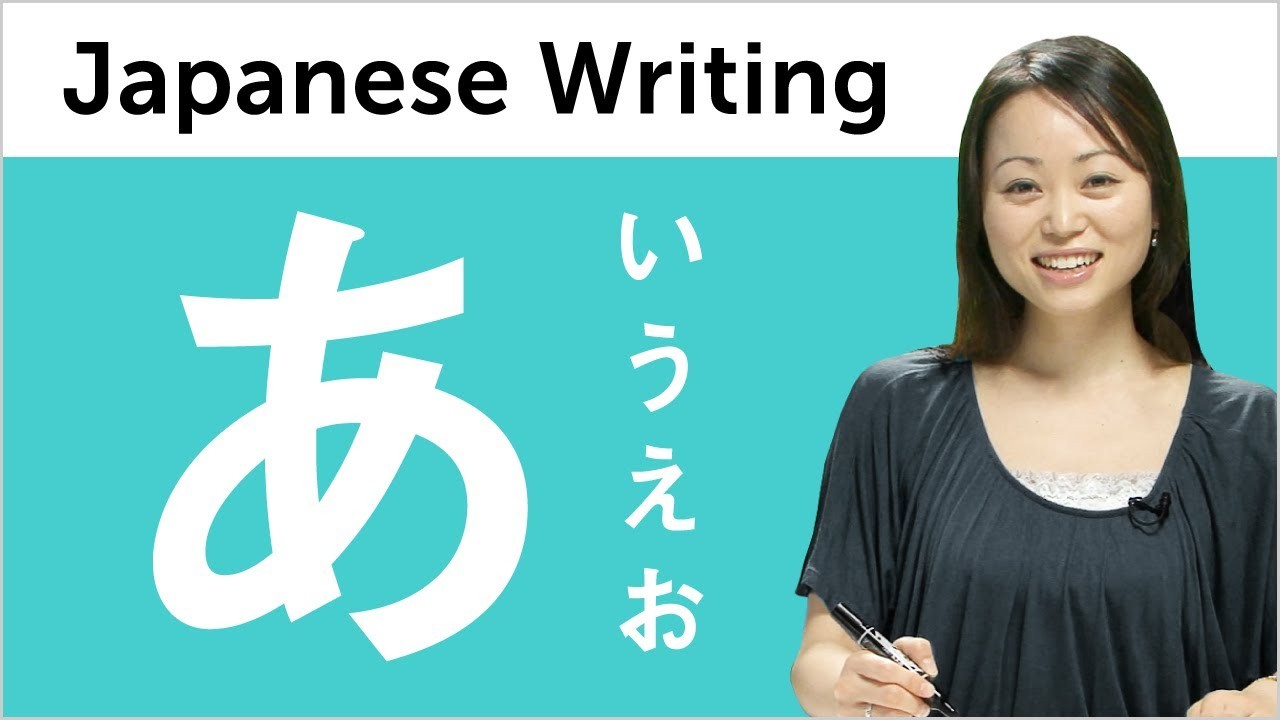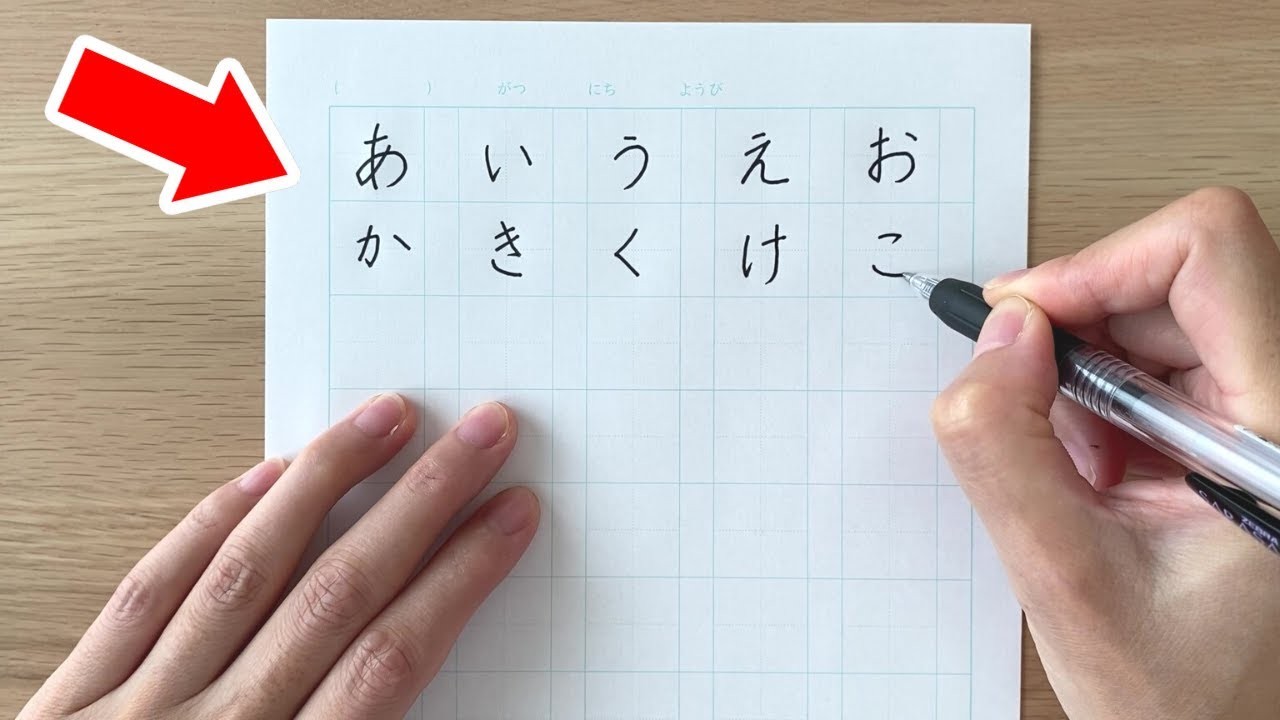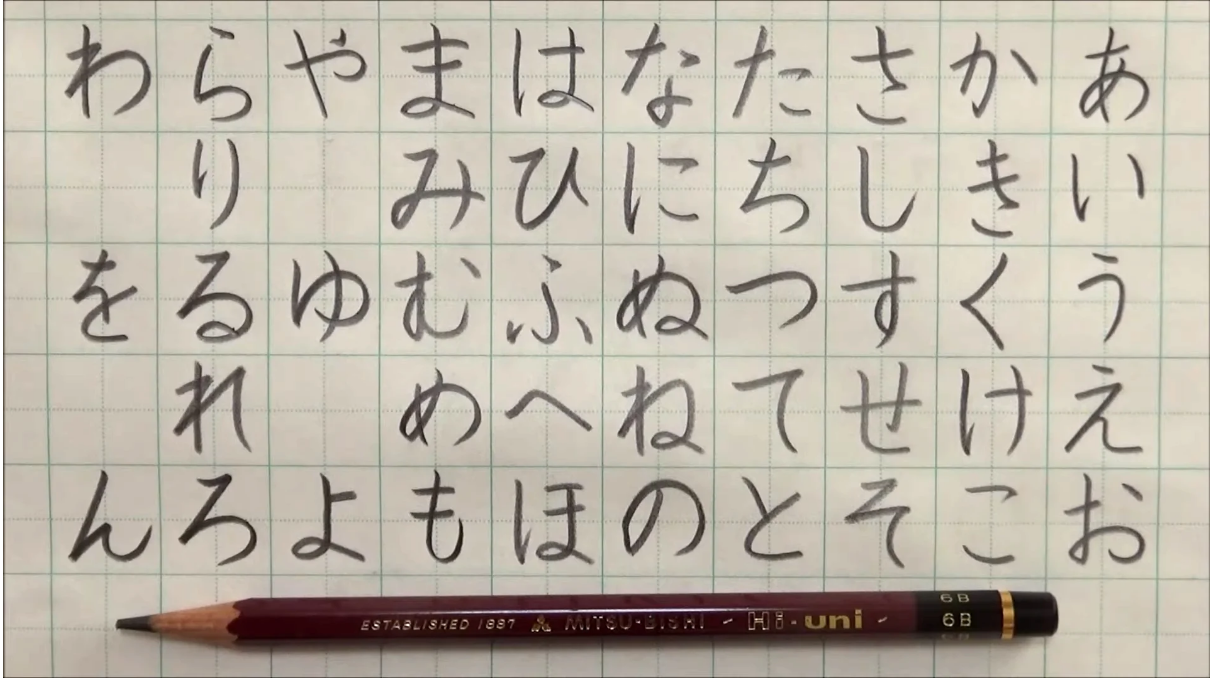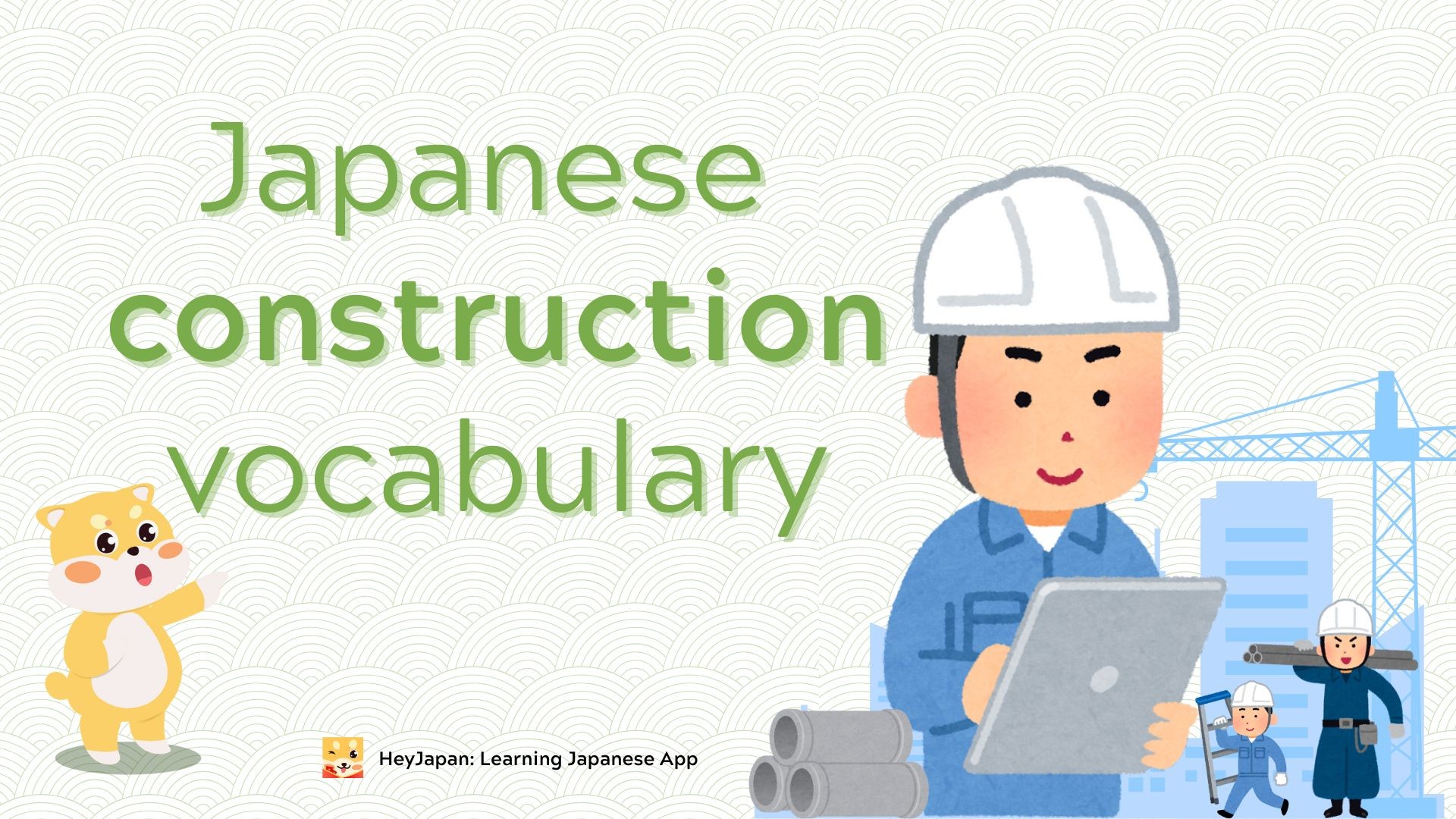- Why Learn to Write Hiragana?
- Hiragana Chart and Characters
- How to Write Hiragana Step by Step
- 1. Understand the Stroke Order
- 2. Practice Common Groups of Characters
- 3. Use Practice Sheets
- 4. Consistent Practice
- Hiragana Stroke Order Examples
- Common Mistakes When Writing Hiragana
- Tools and Resources for Learning Hiragana
- FAQs About Writing Hiragana
- 1. How long does it take to learn Hiragana?
- 2. Do I need to write Hiragana by hand?
- 3. Are there any tricks to memorizing Hiragana?
Hiragana is one of the three main scripts used in the Japanese writing system. Unlike kanji, which are complex Chinese characters, Hiragana consists of simple, curved characters that represent sounds. It is often the first script that beginners learn, as it is essential for reading and writing in Japanese. This guide will show you how to write Hiragana step by step, with tips, stroke order, and practice worksheets.
💡 Wondering which writing system is used most in Japanese? Learn more in our guide on which Japanese alphabet is used most!
Why Learn to Write Hiragana?
Learning how to write Hiragana is crucial for several reasons:
- ✅ Foundation for Japanese: It is the building block for learning vocabulary and grammar.
- ✅ Reading Practice: Most beginner-level Japanese materials are written in Hiragana.
- ✅ Everyday Use: Hiragana is used in daily life in Japan, such as on signs, menus, and casual writing.

Maybe you also like: What is hi in japanese
Hiragana Chart and Characters
Hiragana has 46 basic characters, and each represents a specific sound. Below is the full Hiragana chart divided into rows based on vowel and consonant sounds:
| A (あ) |
|
|
|
O (お) | |||||||
|---|---|---|---|---|---|---|---|---|---|---|---|
| K |
|
|
|
|
Ko (こ) | ||||||
| S |
|
|
|
|
So (そ) | ||||||
| T |
|
|
|
|
To (と) | ||||||
| N |
|
|
|
|
No (の) | ||||||
| H |
|
|
|
|
Ho (ほ) |
How to Write Hiragana Step by Step
1. Understand the Stroke Order
Stroke order is crucial in Japanese writing for consistency and readability. Each Hiragana character has a specific order and direction for its strokes. For example:
- あ (A): Start with a small curved stroke on the top, followed by a vertical line and a horizontal curve.
💡 Want to learn how to write "あ" correctly? Check out our guide on how to write 'a' in Japanese Hiragana for stroke order and practice tips!
2. Practice Common Groups of Characters
Start with the simplest group of vowels (あ, い, う, え, お) before moving to consonant groups like K (か, き, く, け, こ).
💡 Need help with writing "え" correctly? Read our guide on how to write え to perfect your technique!
3. Use Practice Sheets
📄 Download printable Hiragana worksheets that show stroke order and provide space for you to practice.
✍️ Begin by tracing over the characters and gradually move to freehand writing.
4. Consistent Practice
📌 Spend at least 10–15 minutes daily practicing Hiragana.
🔹 Repetition helps build muscle memory and ensures that your writing becomes natural and smooth.

Hiragana Stroke Order Examples
あ (A):
- Draw a short diagonal stroke from top to bottom.
- Draw a vertical line intersecting the first stroke.
- Complete with a curved line at the bottom.
か (Ka):
- Draw a vertical line from top to bottom.
- Add a horizontal line intersecting the vertical line.
- Finish with a short diagonal stroke.
Common Mistakes When Writing Hiragana
- Ignoring Stroke Order: Writing strokes out of order can make your Hiragana look unnatural.
- Inconsistent Sizes: Ensure that all characters are written in a uniform size.
- Skipping Practice: Regular practice is key to mastering Hiragana.
Tools and Resources for Learning Hiragana
- 📱 Apps:
- 🎥 Videos:
- Search YouTube for tutorials on "How to Write Hiragana Step by Step."
FAQs About Writing Hiragana
1. How long does it take to learn Hiragana?
📌 With consistent practice, most beginners can master Hiragana within 1–2 weeks.
2. Do I need to write Hiragana by hand?
✅ Yes! Writing by hand helps reinforce your memory and understanding of each character.
3. Are there any tricks to memorizing Hiragana?
📌 Use mnemonics or visual associations to connect each character to its sound.
Learning how to write Hiragana is the first step toward mastering Japanese. With practice, patience, and the right resources, you’ll be able to write Hiragana confidently in no time. Download our free practice worksheets and start your journey today!








